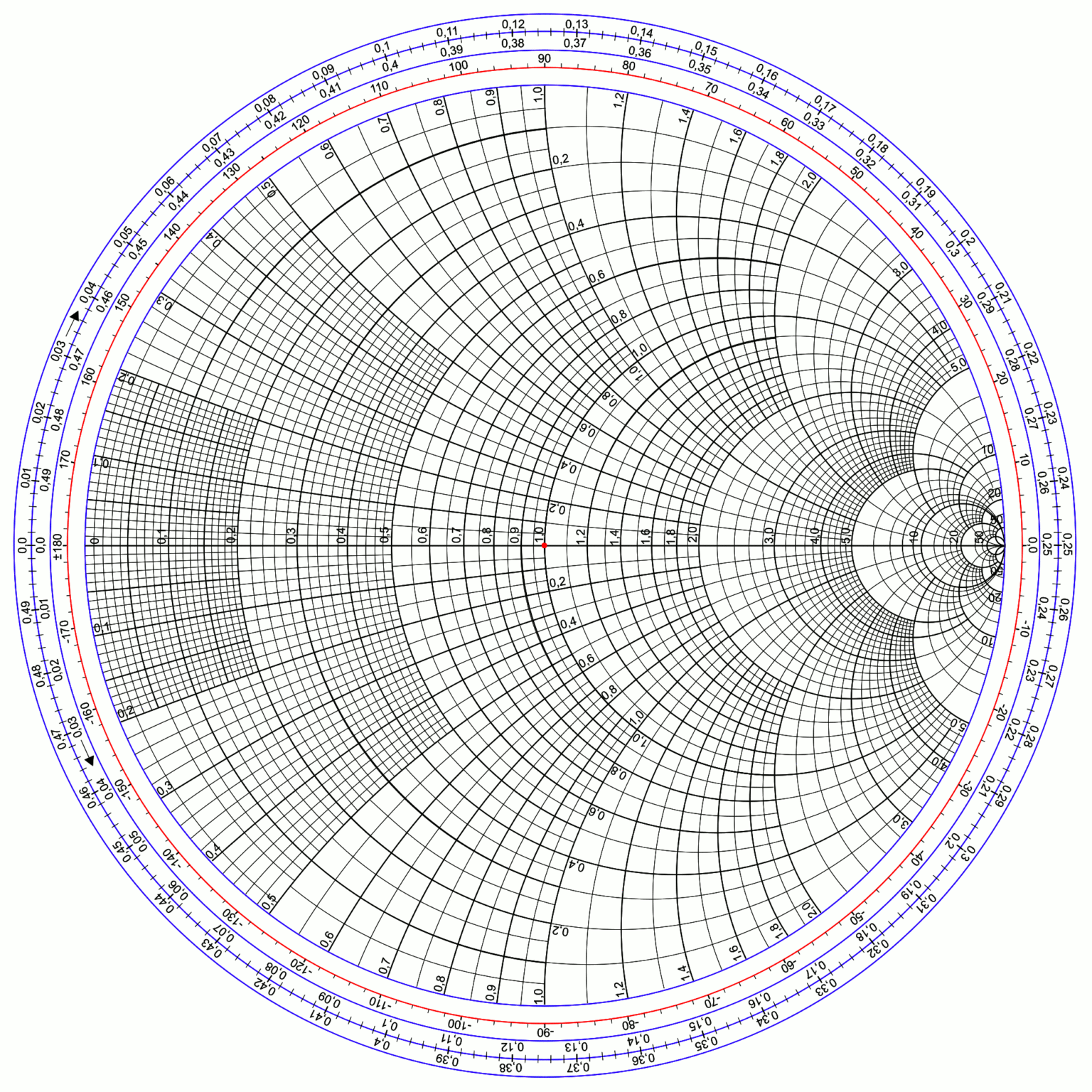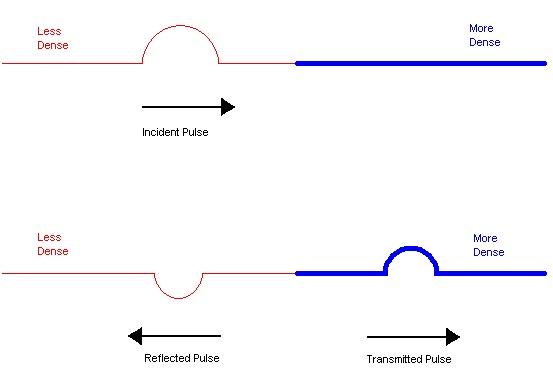

10, we can simultaneously read the impedance \(z\) and admittance \(y\) of point X:įollow the first basic rule of impedance matching, add a lossless element, capacitor or inductor, to get the real part of either impedance or admittance to be 1. 10 Read Type #4 impedance in the Smith chartĪs showed in Fig. Locate the impedance \(z=r+jx\) and admittance \(y=g+jb\) in the Smith chart, point X.įig. If the impedance is \(Z=R+jX\), then the normalized impedance is \(z=Z/50=r+jx\).ģ. If return loss \(S_\) or reflection coefficient \(Γ\) is given by datasheets, then refer to this article Smith Charts-Basics, Parameters, Equations, and Plots to learn how to convert the number to impedance.Ģ.

The process to match a Type #4 impedance into 50Ω:ġ. Type #3 impedance is located within the shaded area in the Smith chart.įig. Only after finishing reading the sequence and knowing all basics, you then can use this skill effectively. However, if you are vague to the Smith chart then you should STOP here and go back to learn the Smith Chart Basics first. We’ll continue to learn how to match Type #3 and Type #4 impedance below.

Impedance Matching-Using Lump Elements, Formulas, and Conversions-Part II.

Impedance Matching-Using Lump Elements, Formulas, and Conversions-Part I. We have learned the impedance matching for all 4 Types of impedance using formulas & their conversions, and it’s recommended to visit these 2 articles before you continue to read further here:


 0 kommentar(er)
0 kommentar(er)
